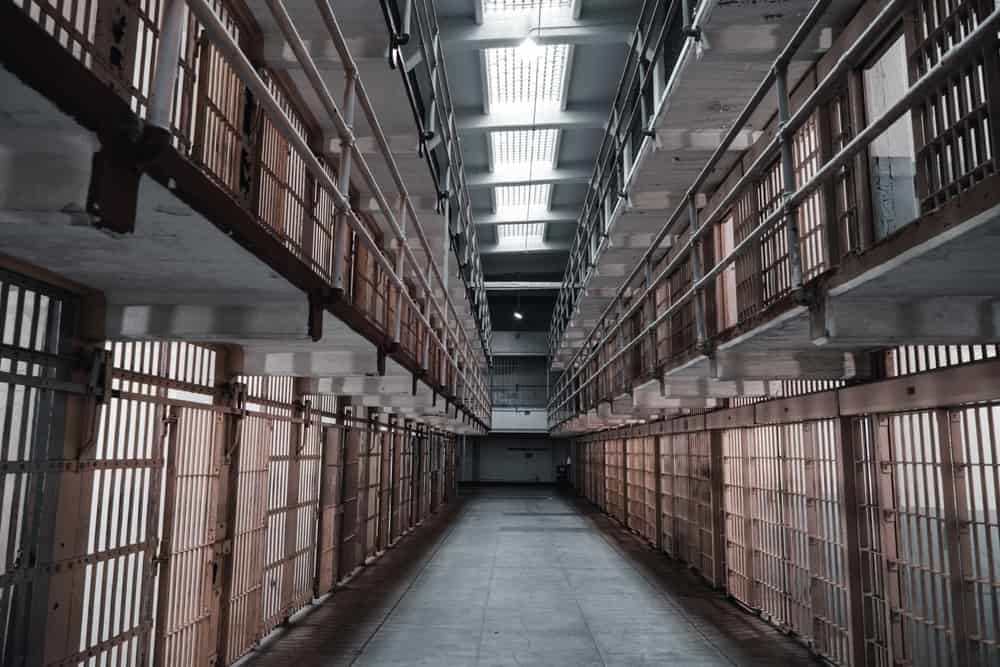Converting Alcatraz back into a working prison could drain $2 billion from taxpayers, according to administration insiders speaking to Axios.
The ambitious scheme has Trump officials scrambling to assess costs and logistics for reviving the notorious island facility that once held America’s most dangerous criminals.
That said, Trump hasn’t committed to moving forward, and exact financial requirements remain fuzzy. Three possibilities are on the table: fixing up what’s there, starting from scratch, or handing the whole thing over to private prison companies.
One official described the situation to Axios as still being in “early stages” requiring “a lot more study” before any presidential decision. The source added that “$2 billion might just be too much money” even for Trump’s ambitious plans. Time constraints add another wrinkle, since Trump wants visible progress during his current term.
Trump’s fixation on Alcatraz stems largely from its cultural impact rather than practical prison needs, sources familiar with his thinking tell Axios. The Rock’s Hollywood fame and reputation for housing the country’s worst offenders appeals to Trump’s law-and-order messaging strategy.
Trump made his feelings clear in a Truth Social post from May, writing that
“When we were a more serious Nation, in times past, we did not hesitate to lock up the most dangerous criminals, and keep them far away from anyone they could harm.” He described the potential reopening as serving “as a symbol of Law, Order, and JUSTICE.”
Historical costs pale compared to modern estimates
The historical investment represents just a fraction of the $2 billion price tag administration sources now estimate for converting the deteriorated facility back into a working prison.
Building and upgrading Alcatraz originally cost the equivalent of over $33 million in today’s dollars, according to Finbold research. The main cellhouse construction between 1910 and 1912 required $250,000, roughly $8 million in current money. Major security improvements and facility expansions between 1934 and 1941 drove costs higher, with one 1939-1940 overhaul alone consuming $1.1 million, about $25 million today.
Practical obstacles
Reviving Alcatraz faces the same fundamental problems that forced its 1963 closure when officials determined operating costs were nearly triple those of mainland prisons. The island’s isolation creates constant logistical headaches that modern technology hasn’t eliminated.
Water remains a critical issue since the island produces none naturally, historically requiring weekly deliveries of nearly one million gallons by barge. Sewage disposal presents equally complex challenges given the complete absence of treatment infrastructure. The harsh marine environment continuously attacks concrete and metal structures, creating endless maintenance demands.
Environmental concerns have also emerged, with some officials worried about disrupting whale migration patterns through increased boat traffic needed for major construction. Converting the facility would also eliminate substantial tourism income from over one million annual visitors who currently tour the historic site.
Featured image via Shutterstock.








